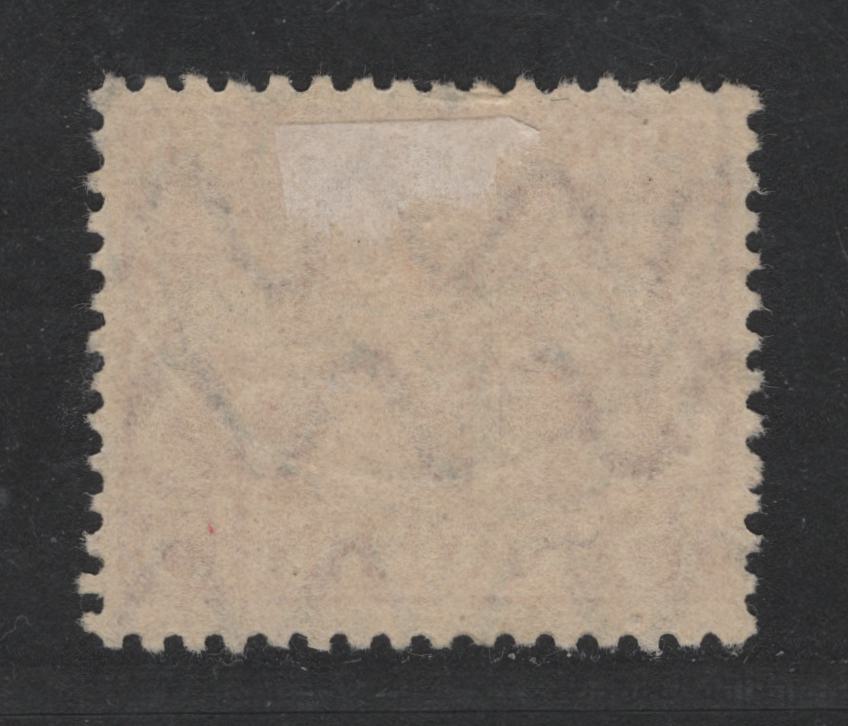Brixton Chrome
Lot 171 Bavaria SC#O11 (Mi # 27w) 15pf Dark Scarlet Red Coat Of Arms, 1916-1920 Official Issue, A Fine Used Single On Paper Type W, As Described In Michel, May 1917 Cancel Appears Legitimate, Papers X & Y Appeared January 1918, Small Perf Crease
Lot 171 Bavaria SC#O11 (Mi # 27w) 15pf Dark Scarlet Red Coat Of Arms, 1916-1920 Official Issue, A Fine Used Single On Paper Type W, As Described In Michel, May 1917 Cancel Appears Legitimate, Papers X & Y Appeared January 1918, Small Perf Crease
A fine used single of the 15pf dark scarlet red Coat Of Arms from the 1916-1920 Official Issue on paper type W, as described in Michel, May 1917 cancel appears legitimate, papers X & Y appeared January 1918, small perf crease. In assembling all our used lots for this sale we have checked stamps issued after 1900 carefully to identify clear CTO's forged cancellations and favour cancels, and although the stamps are generally not certified as postally used by the BPP, we are reasonably confident that they would certified as genuine if they were sent to a BPP expert. There are general characteristics common to the dross, which you can look for in helping to weed it out from any collection: (1) any cancelled stamp with gum is a CTO; (2) genuine cancels tend to bleed a little into the paper, so any cancel that is very thin and super crisp, is probably either a CTO, forgery or favour cancel; (3) genuine cancels tend to hit the design either in 2 or more smaller areas, or across most of the stamp, so cancels that only cover a small portion of the side, or the corner, while they might be genuine, have to be reckoned as being CTO's unless you have strong evidence to the contrary; (4) genuine cancels tend to be at least 1/2mm thick, so any thinner cancel is probably not genuine; (5) machine cancels in the form of bars, while they might be genuine cannot be proved as being such, so they have to be treated as CTO; and lastly (6) any cancel that is unreadable is probably not genuine. All Michel listed scarce shades have been verifed against the Michel colour key. Unlike other catalogues like Gibbons that produces a colour key that does not match the listings, Michel has matched their catalogue descriptions to their colour key, with colloquial colour descriptions being shown in parentheses. So, it is easy to check them. On this stamp, the cancellation date pre-dates types X and Y, so it lends support to its classification as paper type W.
Michel values this at €130. Our estimate of the value, in the condition offered is $50. The stamp offered here grades 65 as follows:
Centering/Margins: 35/60
Paper Freshness: 5/5
Colour: 5/5
Impression: 5/5
Absence of Visible Paper Flaws: 5/5
Perforations: 0/10
Cancellation: 10/10
On this issue, Michel lists 4 papers: V, W, X and Y. V and W both appear on printings made before 1917, X appears on some 1916 and 1917 printings and Y appears after 1917. Paper Y is by far the most common, and can best be described as a soft white, medium thickness paper. It is not especially translucent. It is unsurfaced, but the printing side appears smooth under magnification . Paper W is similar, but it is yellowish cream toned. Any stamp on paper that appears like this can be positively identified if the date on the cancel is prior to 1917. Paper X is a brittle greyish parchment paper that is translucent. It was used only on this issue, as it was deemed to be unsuitable for normal stamps, due to its brittle nature. The easiest way, by far, to identify it is by the translucency and the stiffness. Paper V is just the coloured papers left over from the Luitpold period. They only occur on certain values and are easy to identify.
Share




